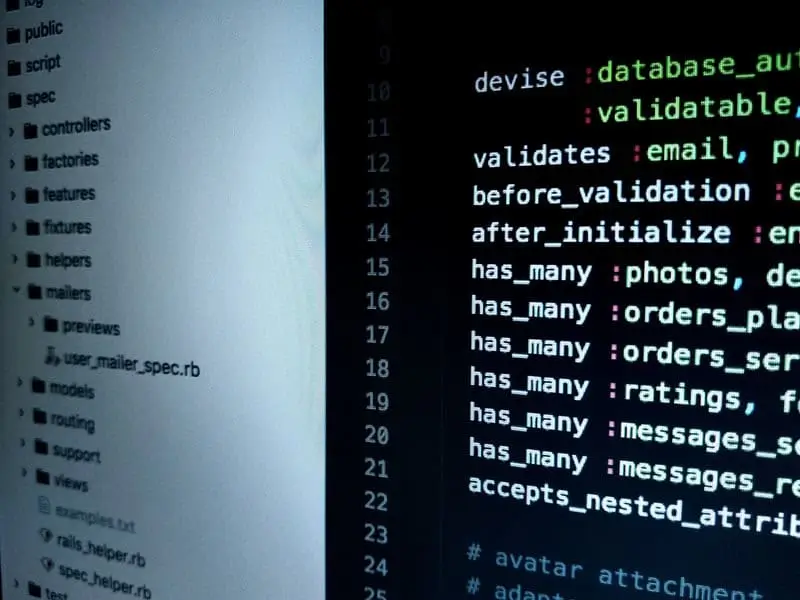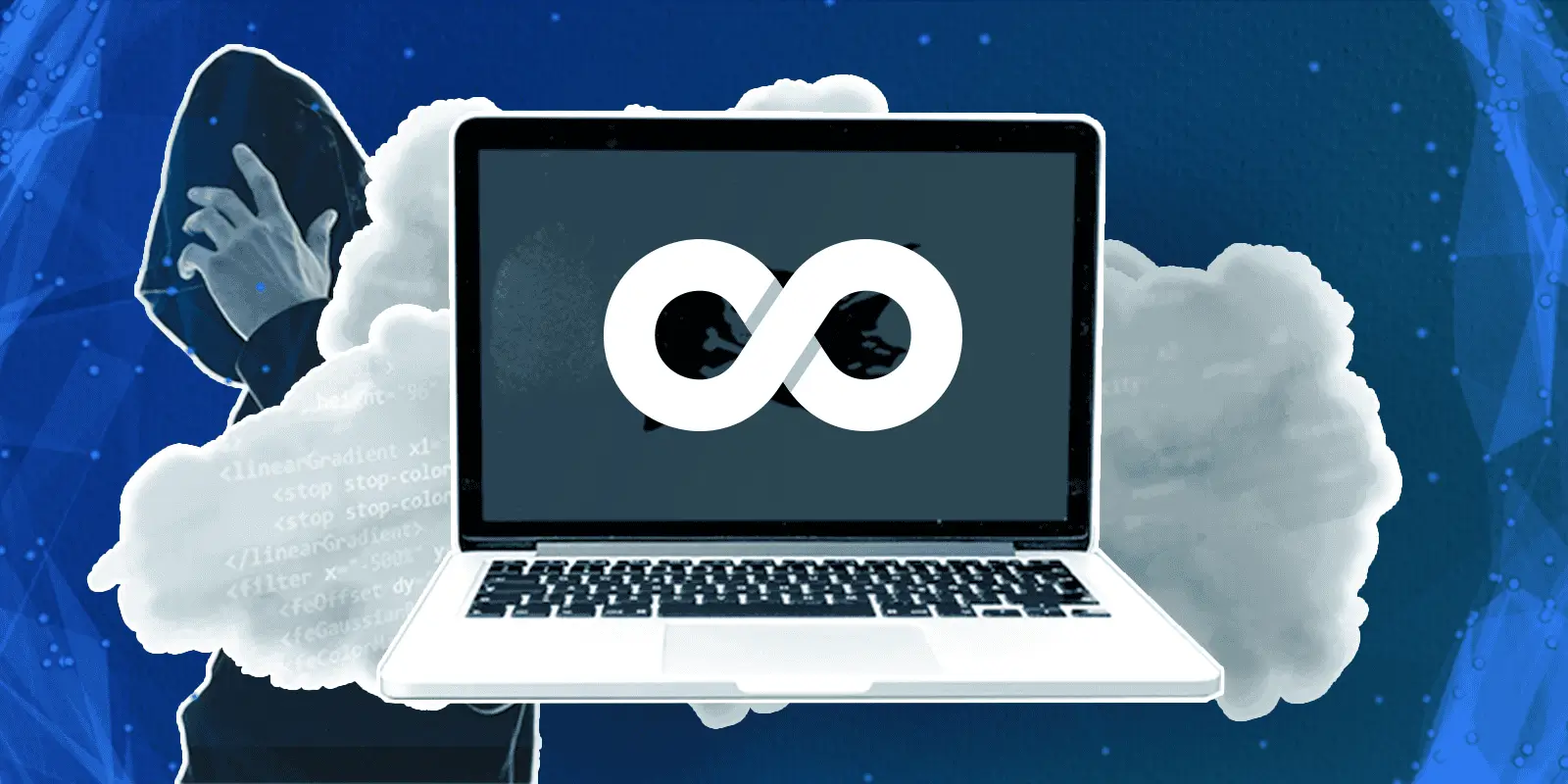The importance of Salesforce data security is no secret. It’s estimated that cybercrime will cost companies $6 trillion in 2021.
Cybercriminals are constantly on the lookout for new opportunities, unseen vulnerabilities, and inventive ways to exploit incomplete defense strategies.
DevOps is the union of developmental practices and operations considerations. It combines the processes of code development and deployment to increase efficiency.
Maintaining a focus on creating and integrating quality code can draw your attention away from security. This should not be the case.
DevSecOps has grown in popularity, and for good reason. This is the process of incorporating security into your DevOps practices. It heightens security for your products and company, increases compliance, and can save money in the long run when compared to the potential cost of a cyberattack.
So how do you address these security issues?

Here are 8 things you can do to improve your DevOps security practices in 2021:
1. Utilize Threat Modeling
There are multiple ways cybercriminals can access your information. DevOps is concerned with rolling out new features and applications in a quick and efficient manner. This can create security issues if not done mindfully.
Threat modeling is a systematic and structured process with the goal of identifying and addressing potential security threats.
This generally involves four steps:
- Analyze the application
- Identify potential threats
- Find mitigation techniques
- Rank the threats according to capability for damage
Threat modeling should be used in the development stages to ensure security from the moment of implementation.
2. Implement Automation
Your team simply can’t spend all their time monitoring your systems and checking through the makeup of every application for security vulnerabilities. This is where automation comes in.
Analyzing your code, managing configurations, and more can be handed off to security automation tools.
Testing your code for quality helps make sure you are providing the best product. Take that one step further to also test for security vulnerabilities.
Instituting automated security checks into your DevOps protocol gives you a much better chance at shoring up any weaknesses before cybercriminals have an opportunity to exploit them.
3. Update User Permissions
Every access point to your Salesforce system and coding is a potential vulnerability. There are a series of threats including those outside your organization as well as people within. But those within your organization might pose a threat because of carelessness, not necessarily bad intentions.
Update the user permissions so that your team members only have access to information that directly pertains to their tasks.
It might be tempting to simply allow open access. Many don’t realize the potential harm of this, but opening up your system means it can all be compromised if any one of those people gets hacked.
4. Network Segmentation
Network breaches are always a possibility. And once this happens, every connected aspect of your Salesforce system is susceptible to attack.
Network segmentation protects against this by separating various sections of your system.
This is done by putting barriers in place between sections of your system that don’t need to interact with each other. Each separated section will have its own security measures and entry points.
Network segmentation allows you to monitor, track, and control the flow of data between different sections. Those who gain access to one area in the case of a breach won’t be able to hop around to different sections of your system.
5. Run Frequent System Audits
Automating security checks will greatly reduce vulnerabilities. However, DevOps systems are always running a wide variety of processes. Security issues are liable to pop up at any stage.
Scheduling frequent security audits provides another layer of oversight to find security challenges either before they become a problem, or shortly thereafter.

Attending to these issues as quickly as possible is the best way to keep them from becoming major problems. The frequency of these Salesforce system checks will vary depending on your DevOps output, but you can use a six-month standard as a starting point.
6. Examine Your Governance Policies
All data is not created equal. This is why DevOps teams need to incorporate governance policies to maintain high levels of quality for their data.
A solid data governance policy offers a second benefit of providing a framework of how to interact with your Salesforce data. This, in turn, reinforces secure practices protecting against leaks.
Revisit your governance policies from time to time as your company evolves. Look for ways to improve your standards.
Keep lines of communication open so team members can suggest improvements and alert management about potential issues.
7. Provide Clear and Simple Instructions to Your Team
DevOps teams likely consist of multiple people. Each of these team members pose an unknowing security risk if they deviate from company standards.
These deviations are often honest mistakes. Using simple passwords, accessing company systems on personal devices, or leaving their computers unlocked when away from their desks are just a few examples of these types of behaviors.
Your DevOps management team should provide clear instructions as to how your team members should be interacting with your systems.
Maintaining proper employee behavior is the most simple and cheapest way to help keep your Salesforce system secure.
8. Backup Your Data and Institute Restore Functionality
Losing data can interrupt service, create redundant work for team members, and cost the company a lot of money. Accidental deletions, cyberattacks, and system failures are unfortunately impossible to completely guard against.
Be prepared for worst-case scenarios by instituting a schedule of frequent data backups as well as a plan for data recovery.
Backups don’t provide the full potential of their service if you can’t integrate the stored data back into your live system. Restore functionality is a must. Have a plan in place that encompasses both of these considerations so you can be prepared for a data disaster.
